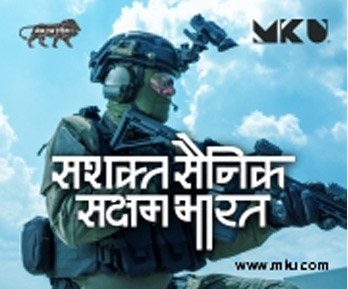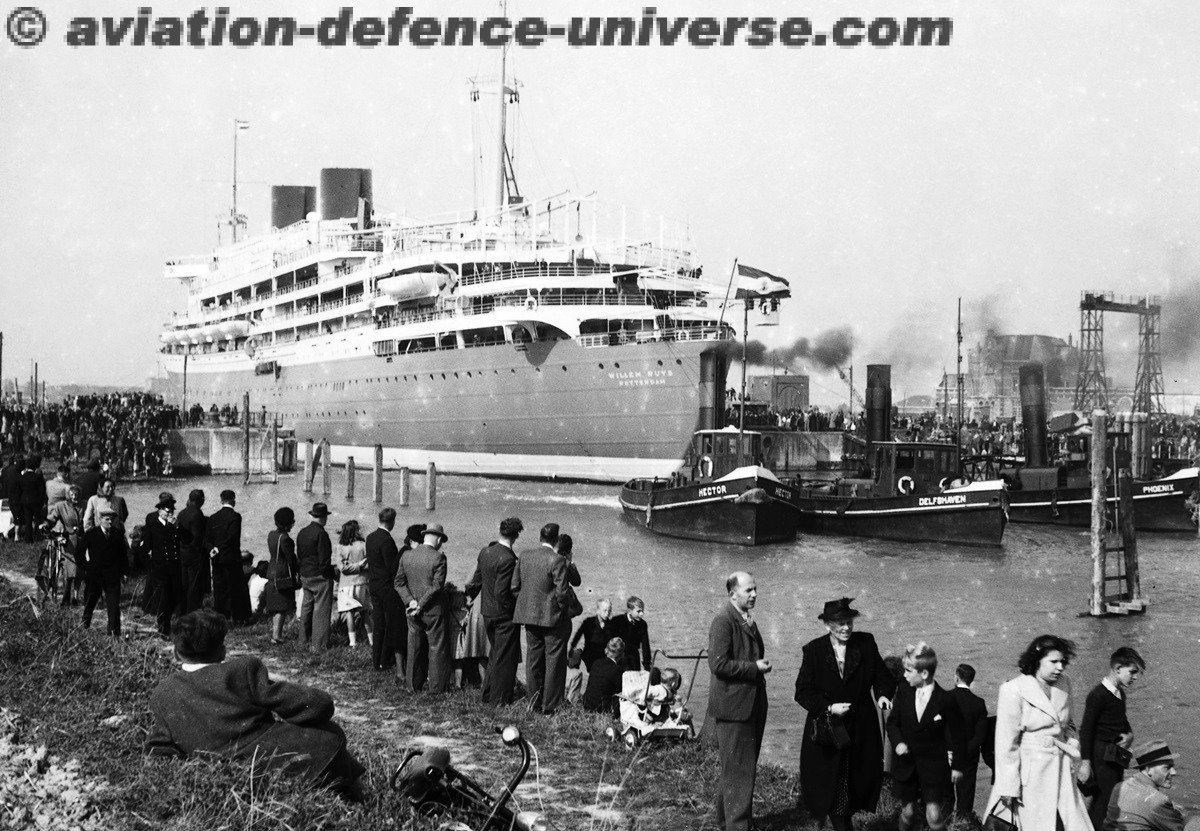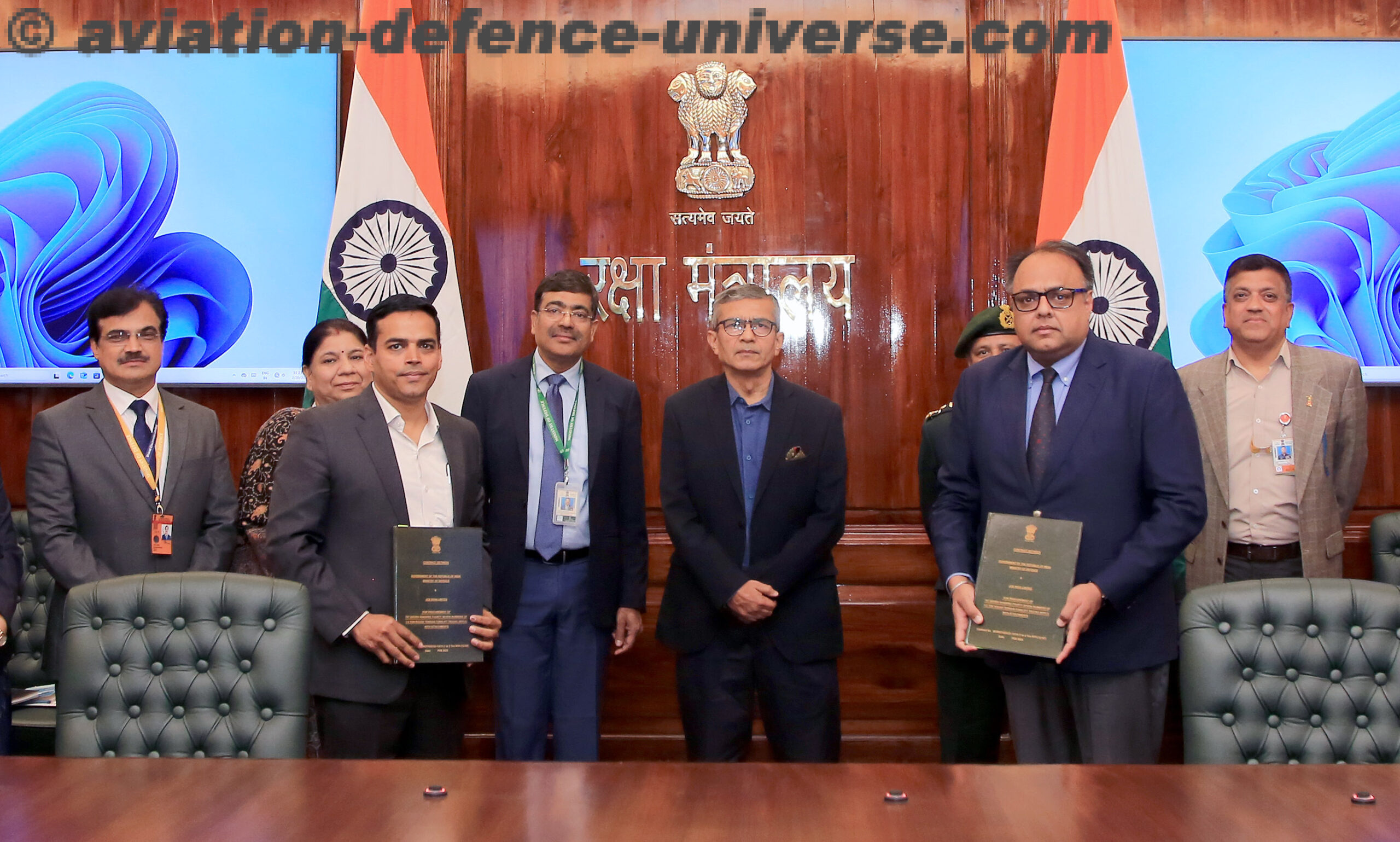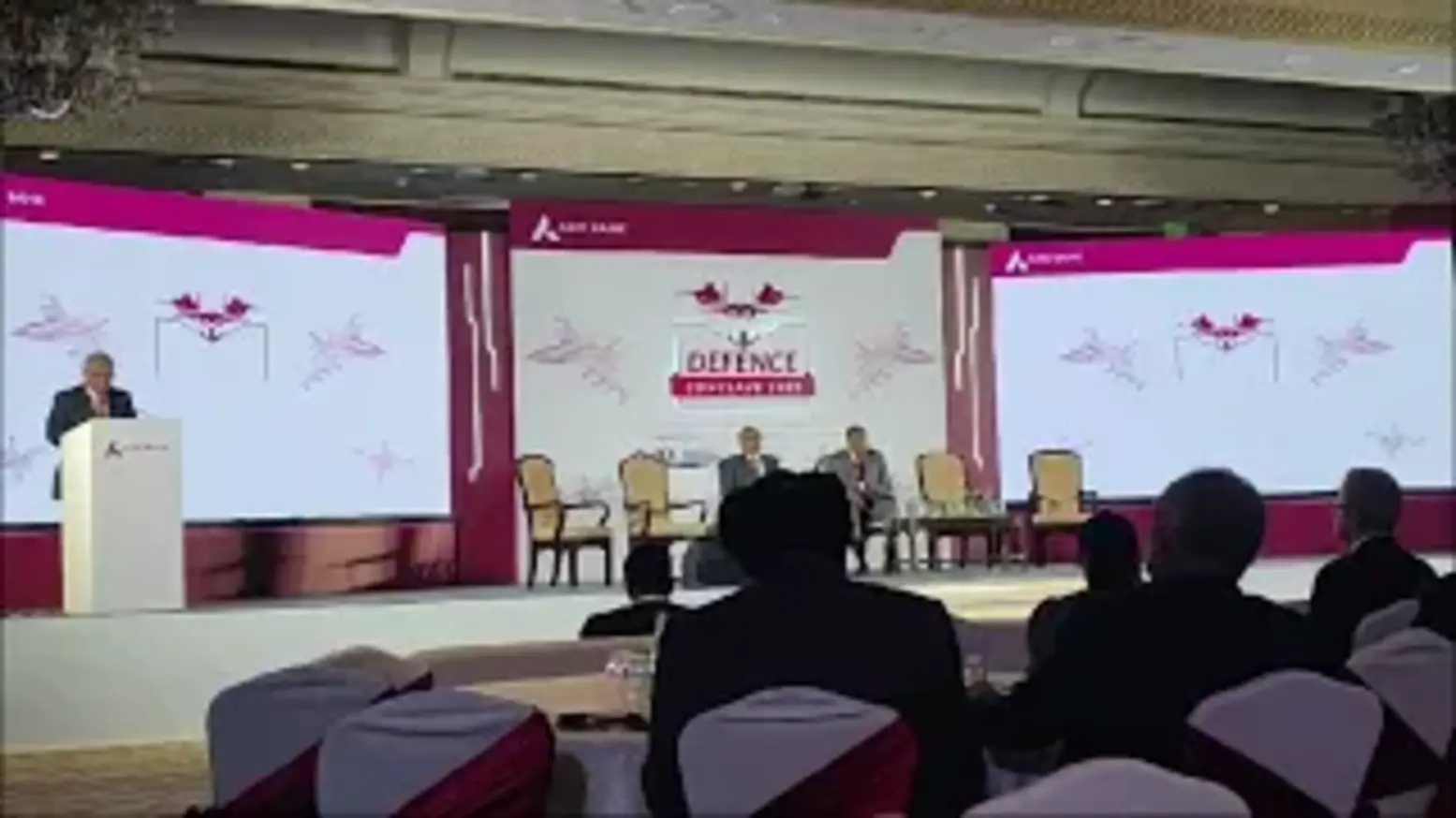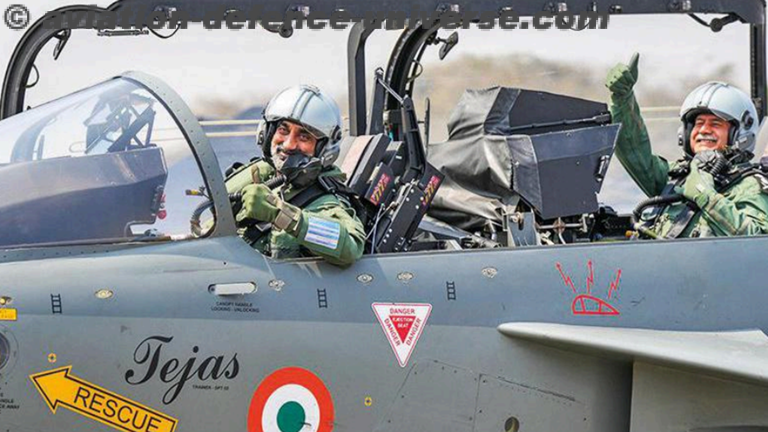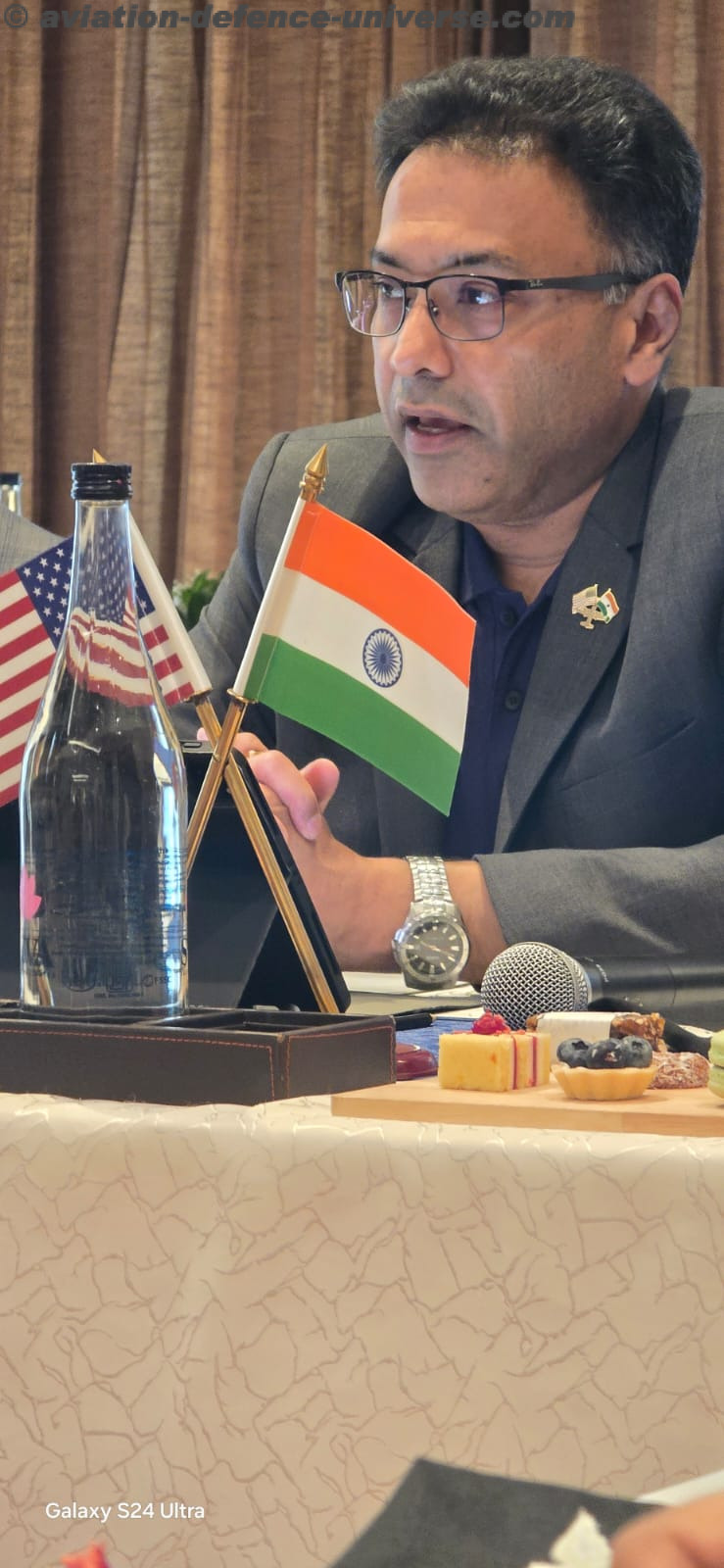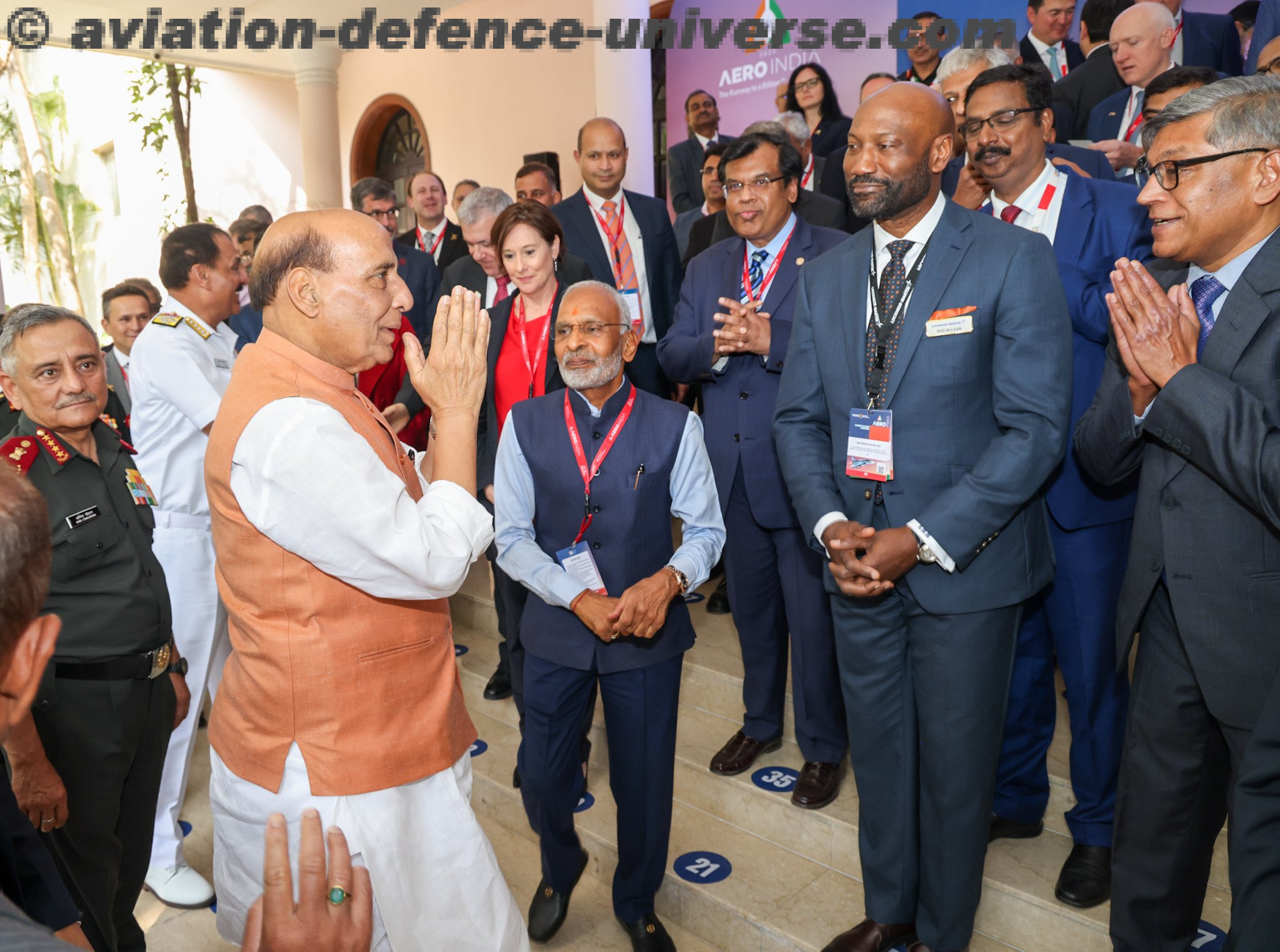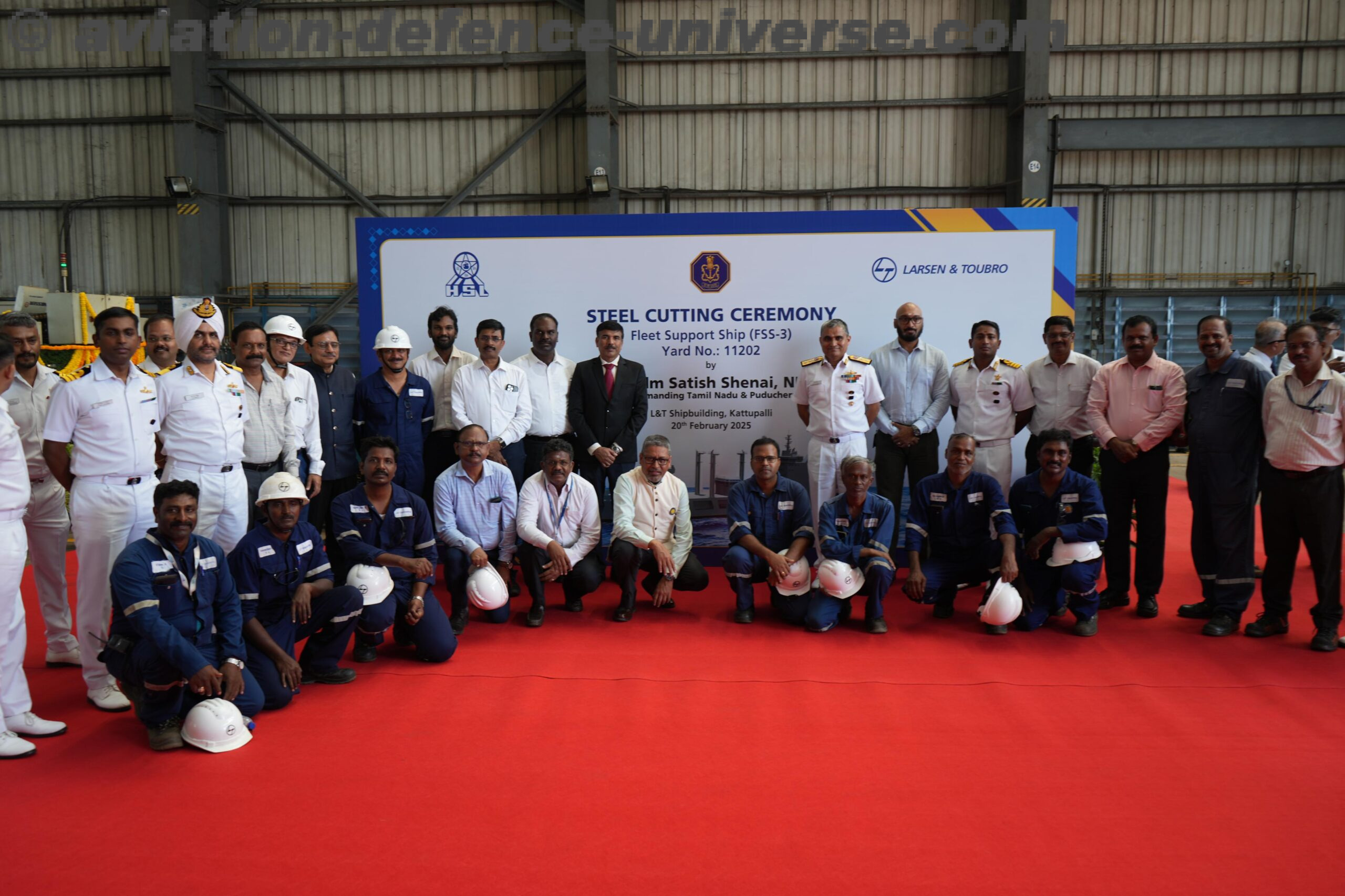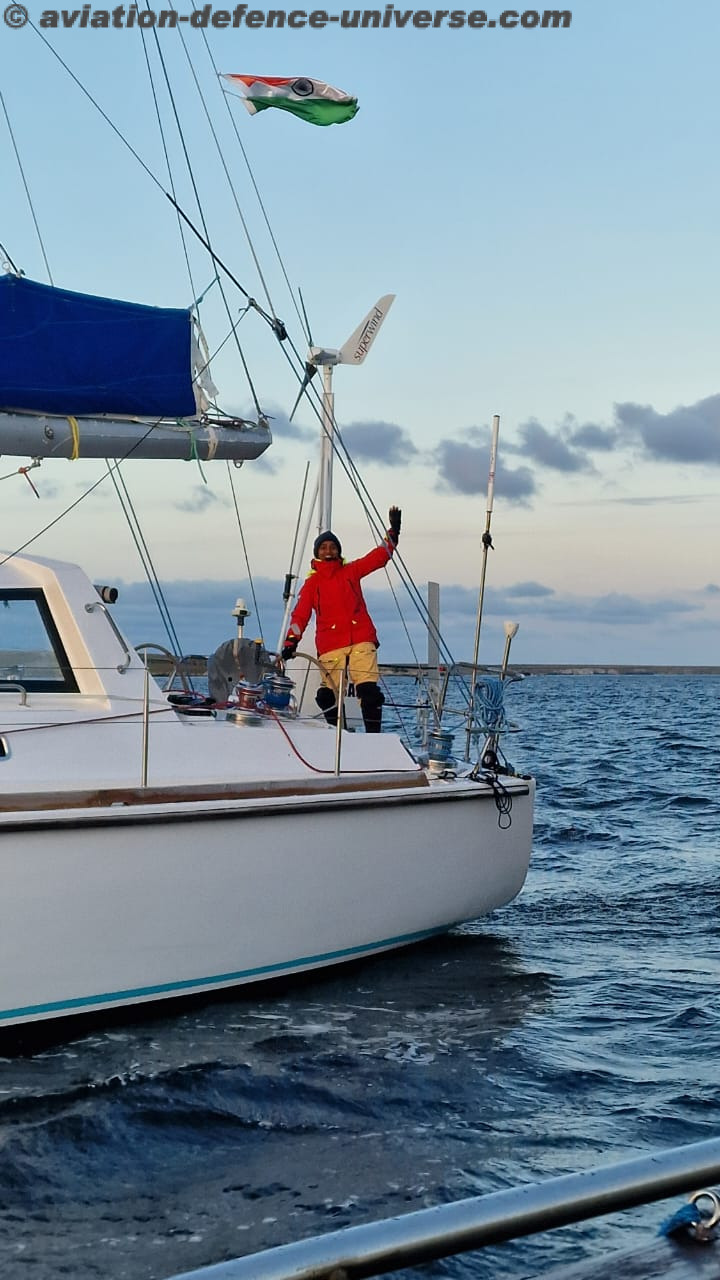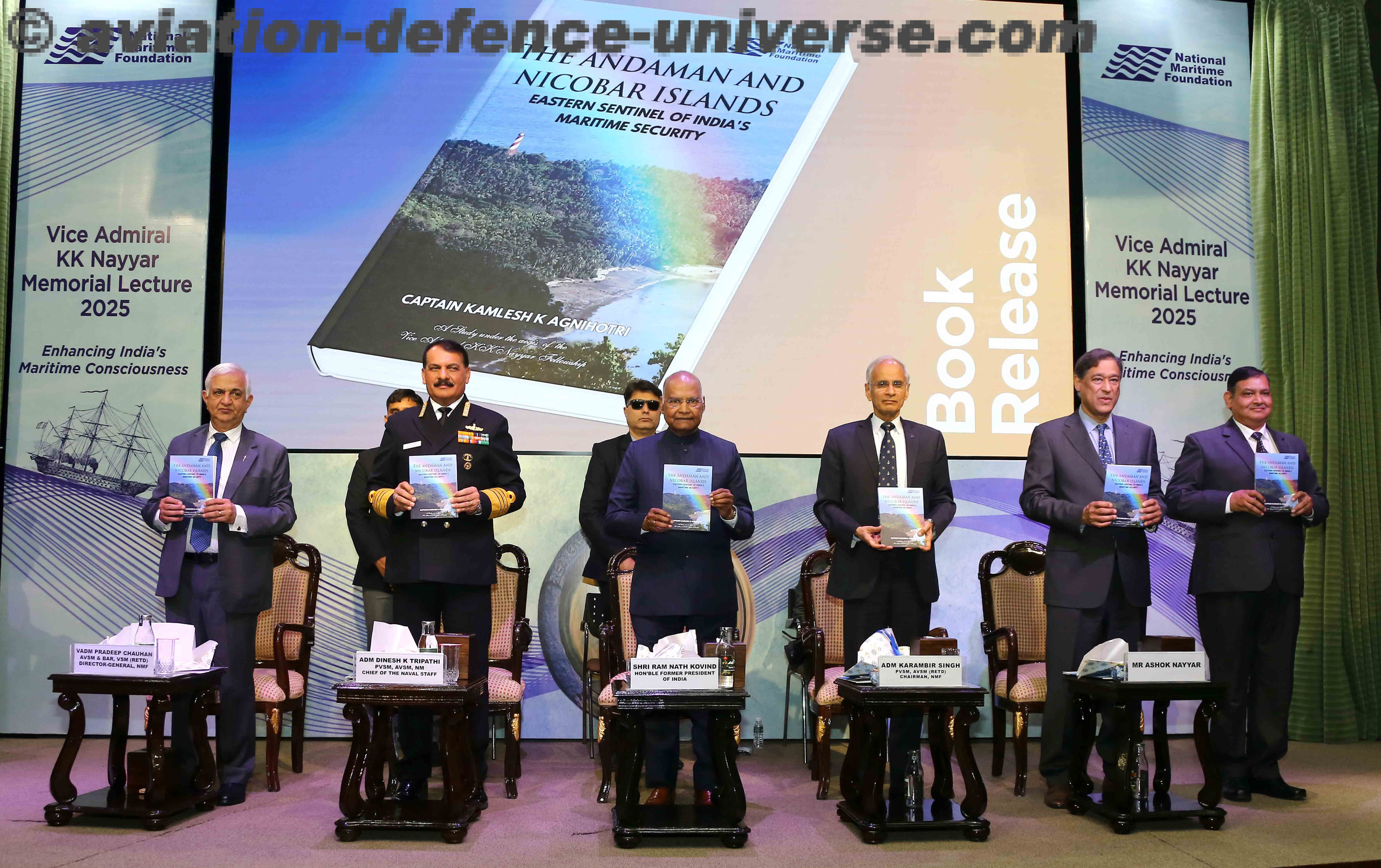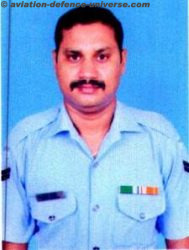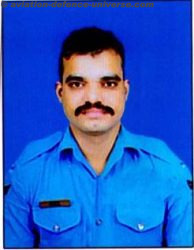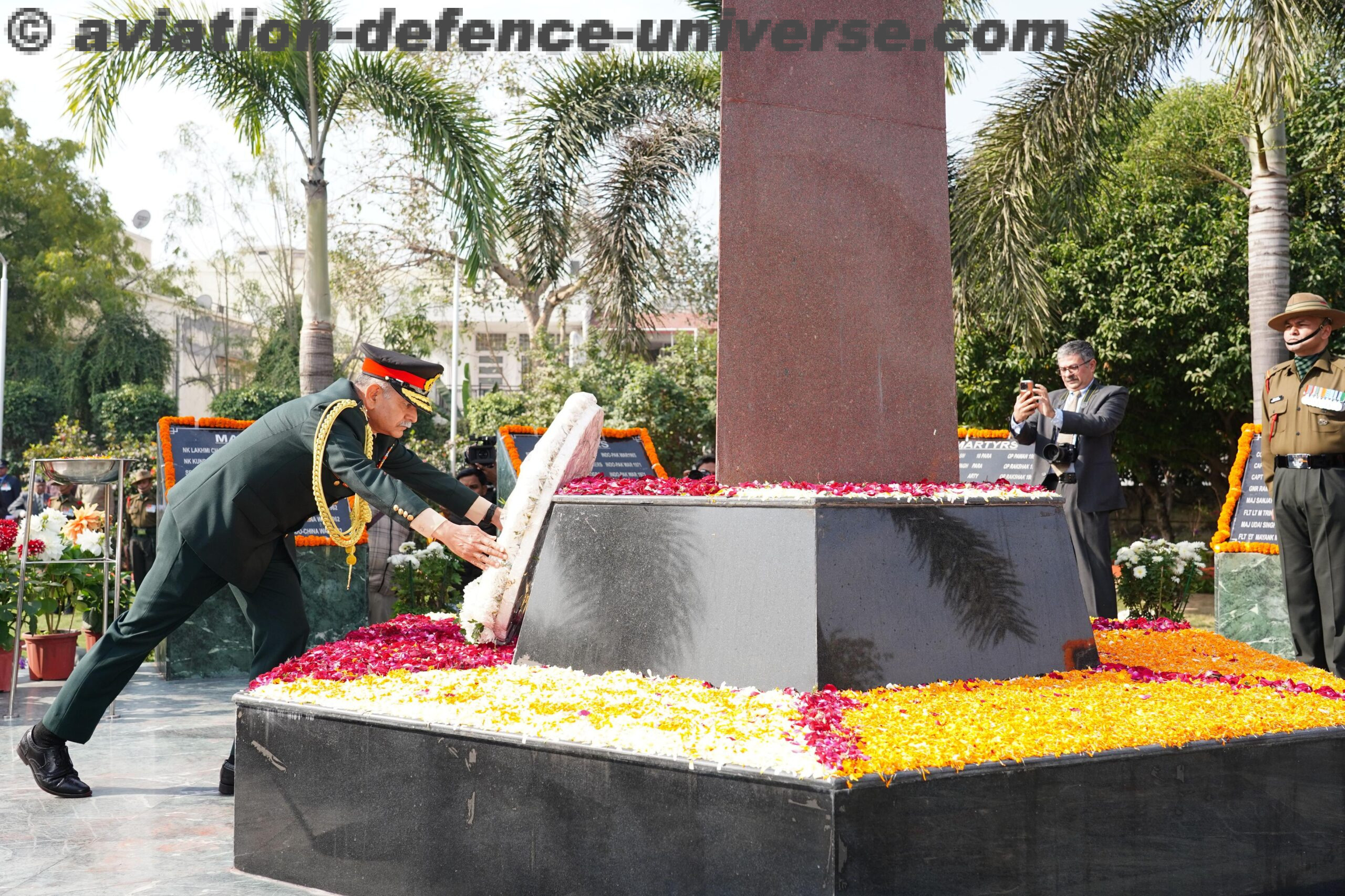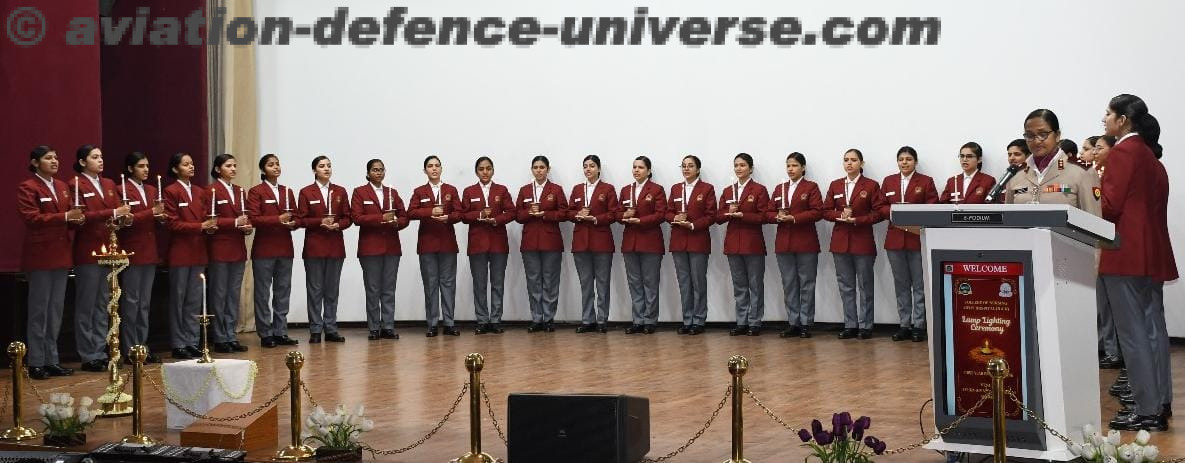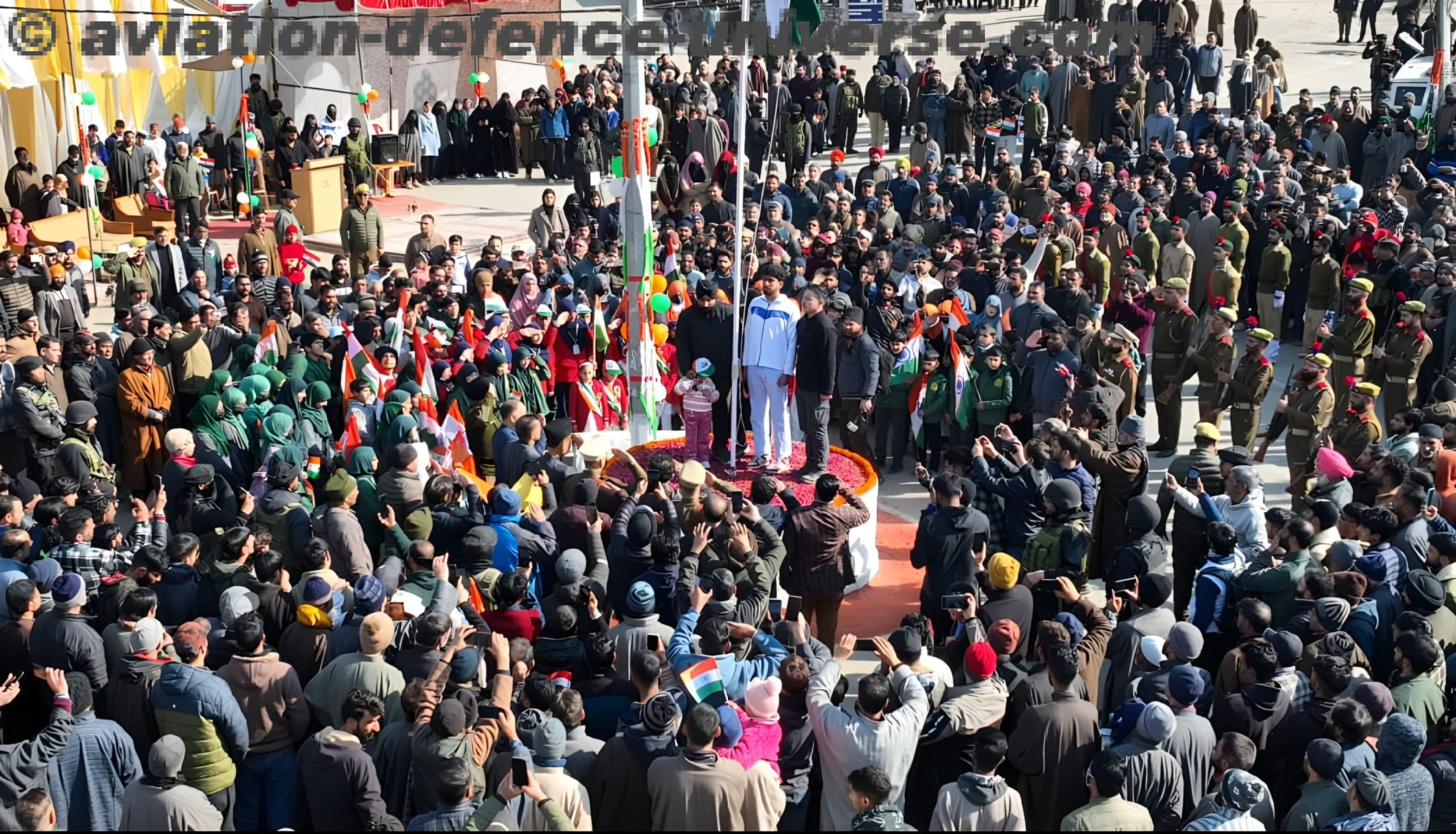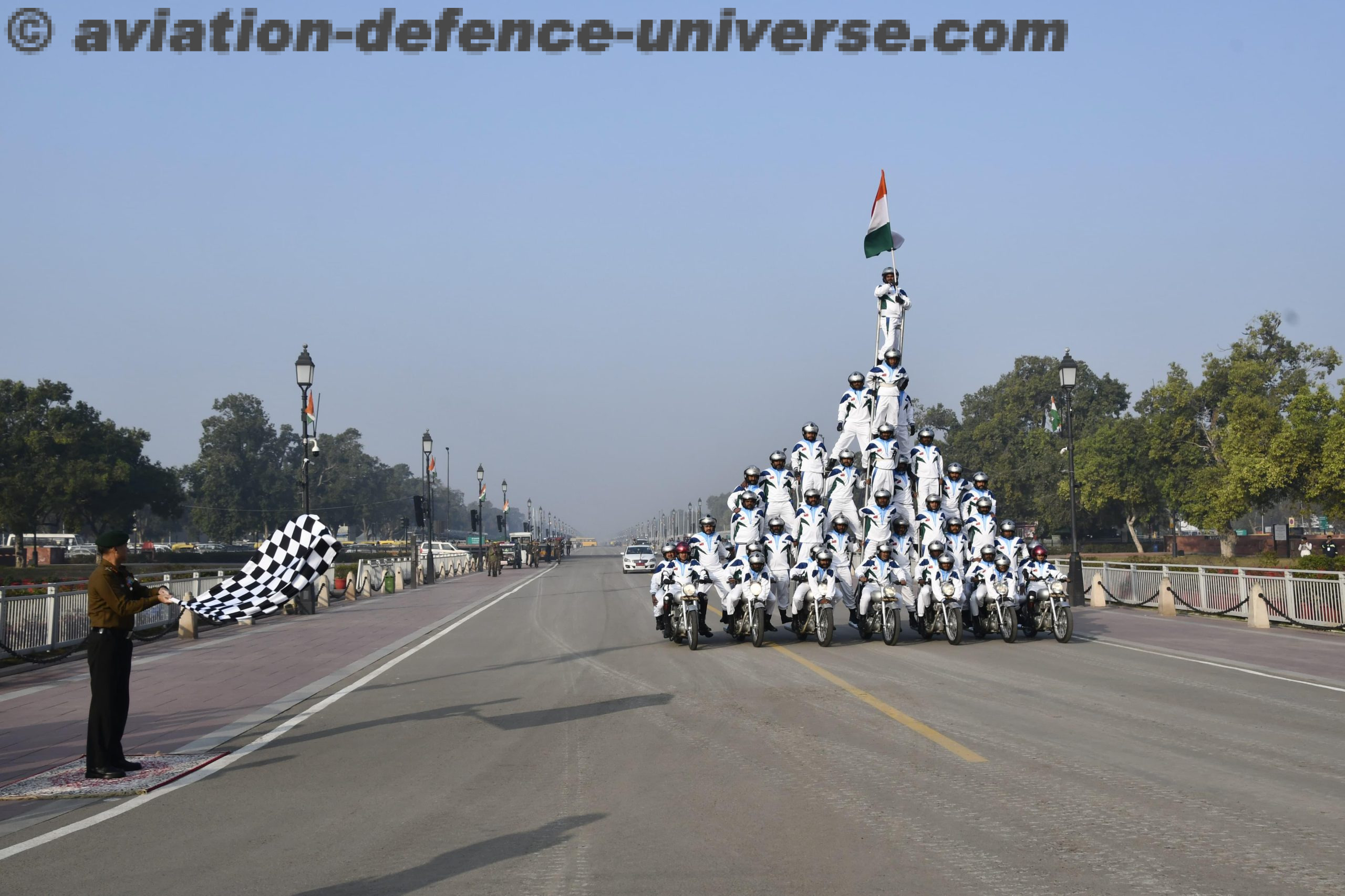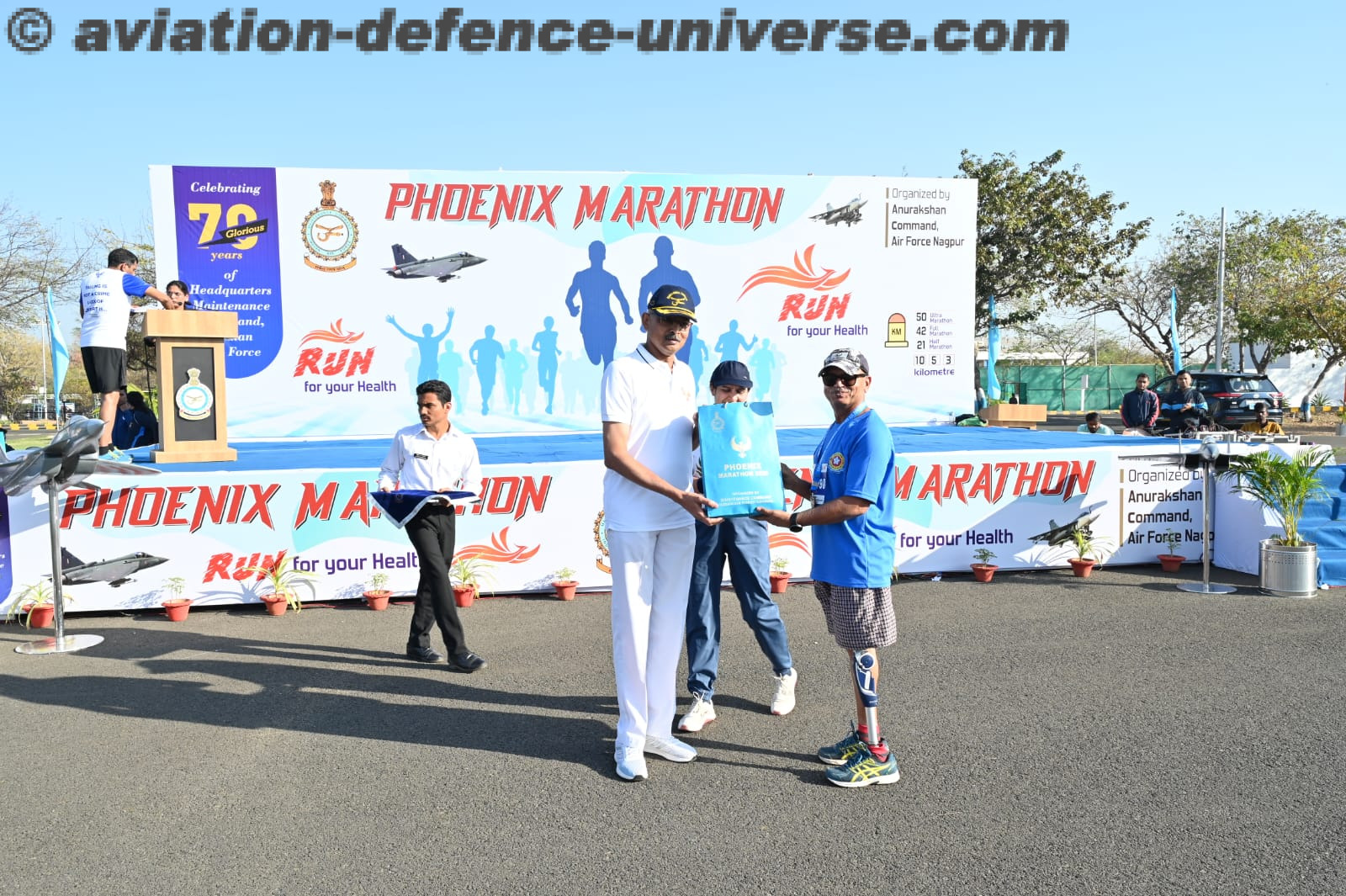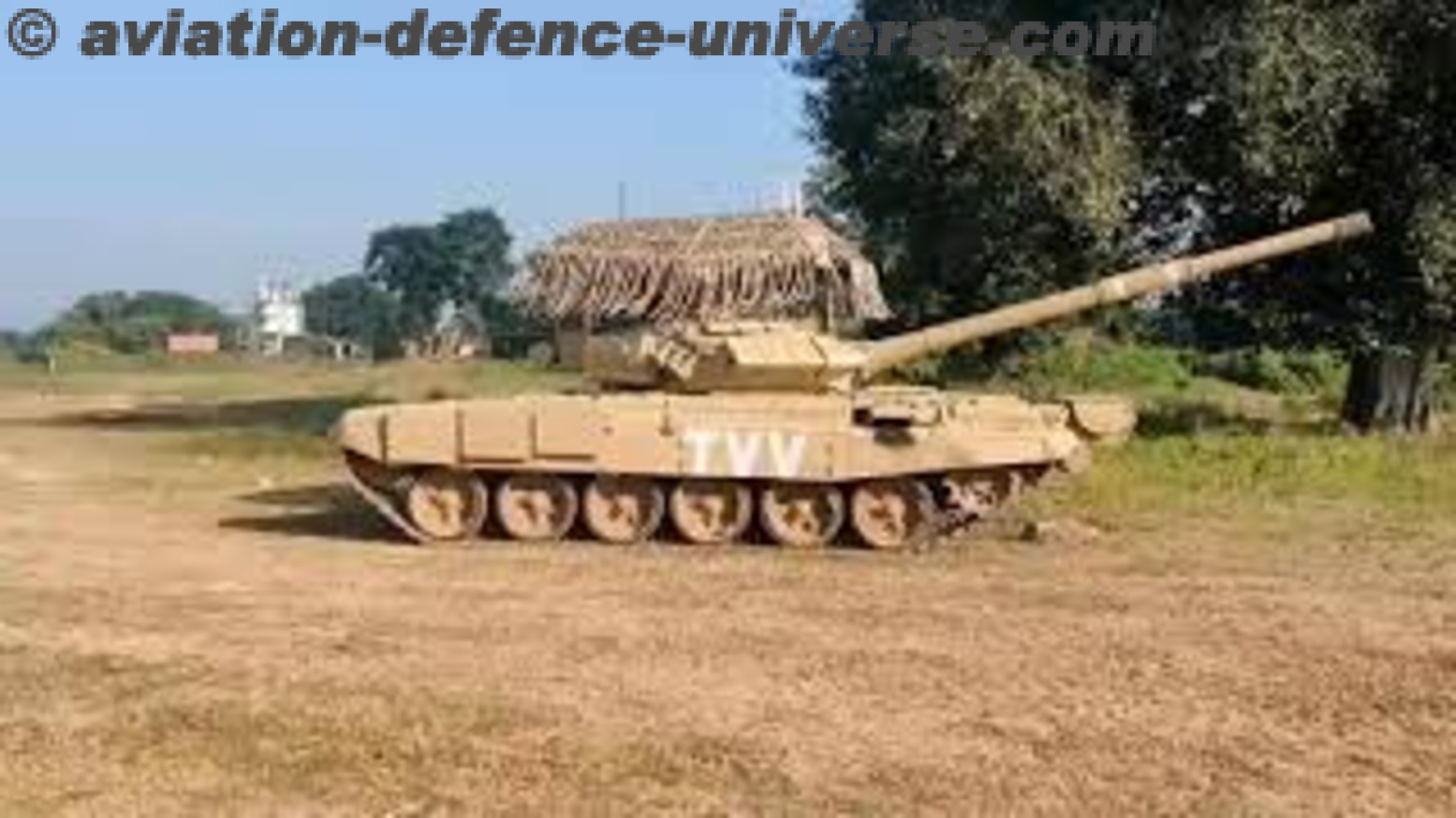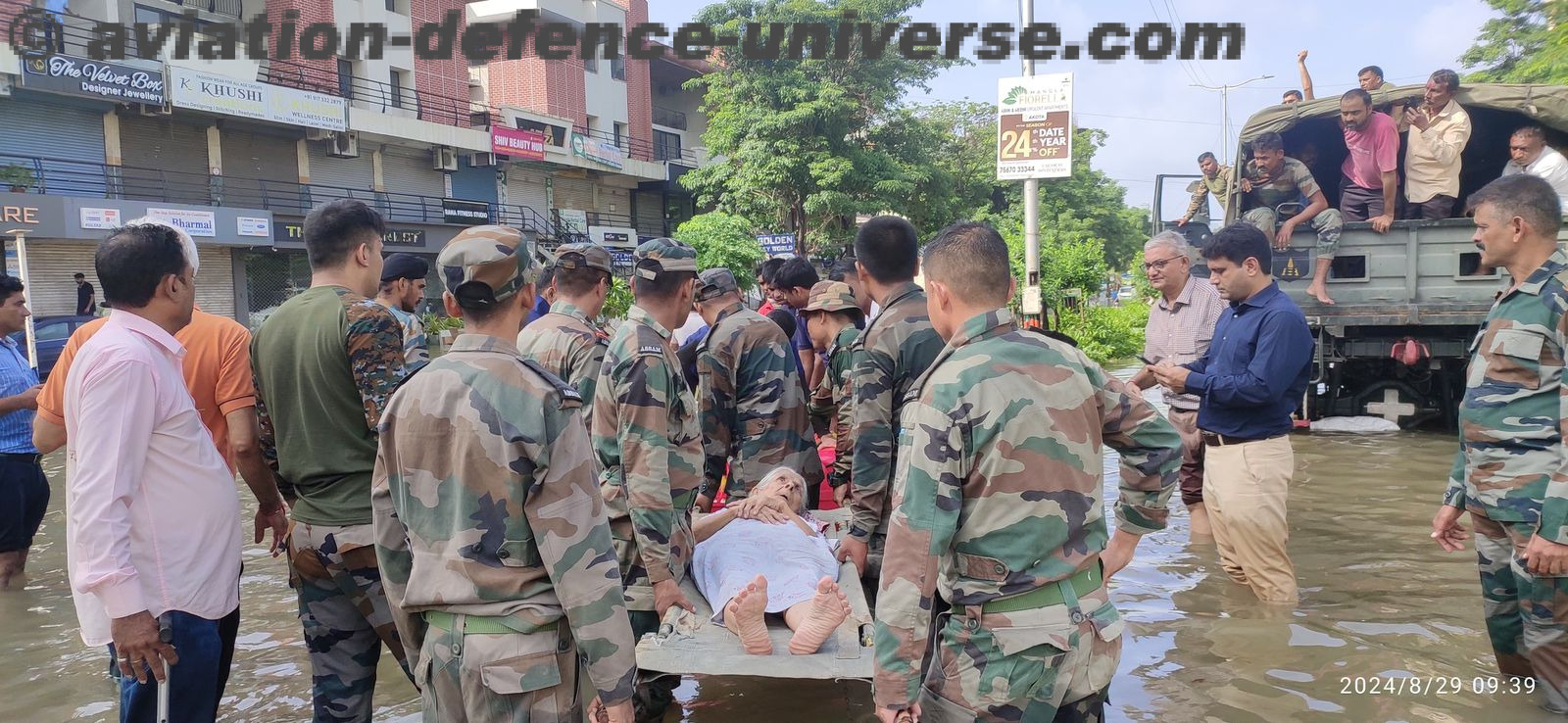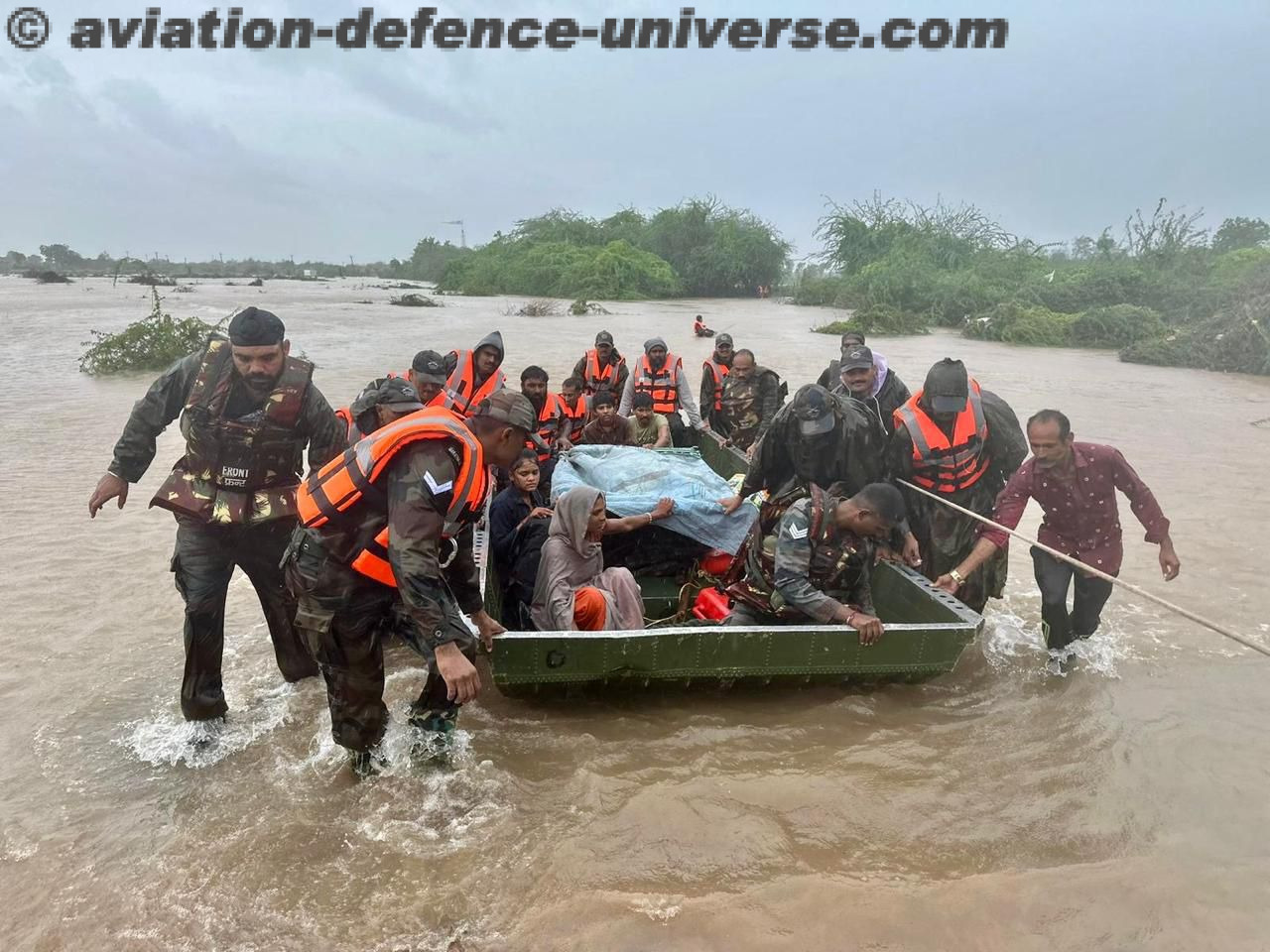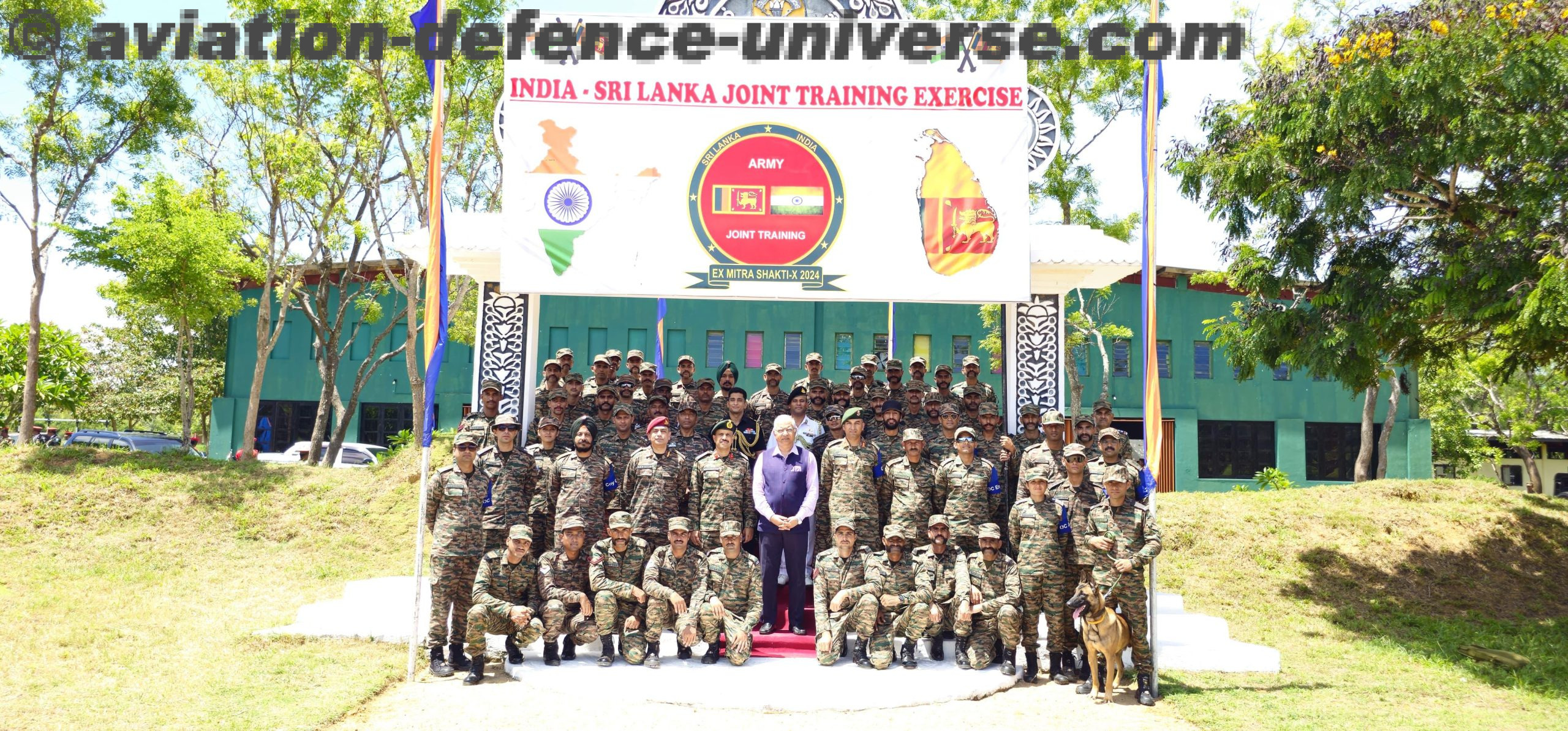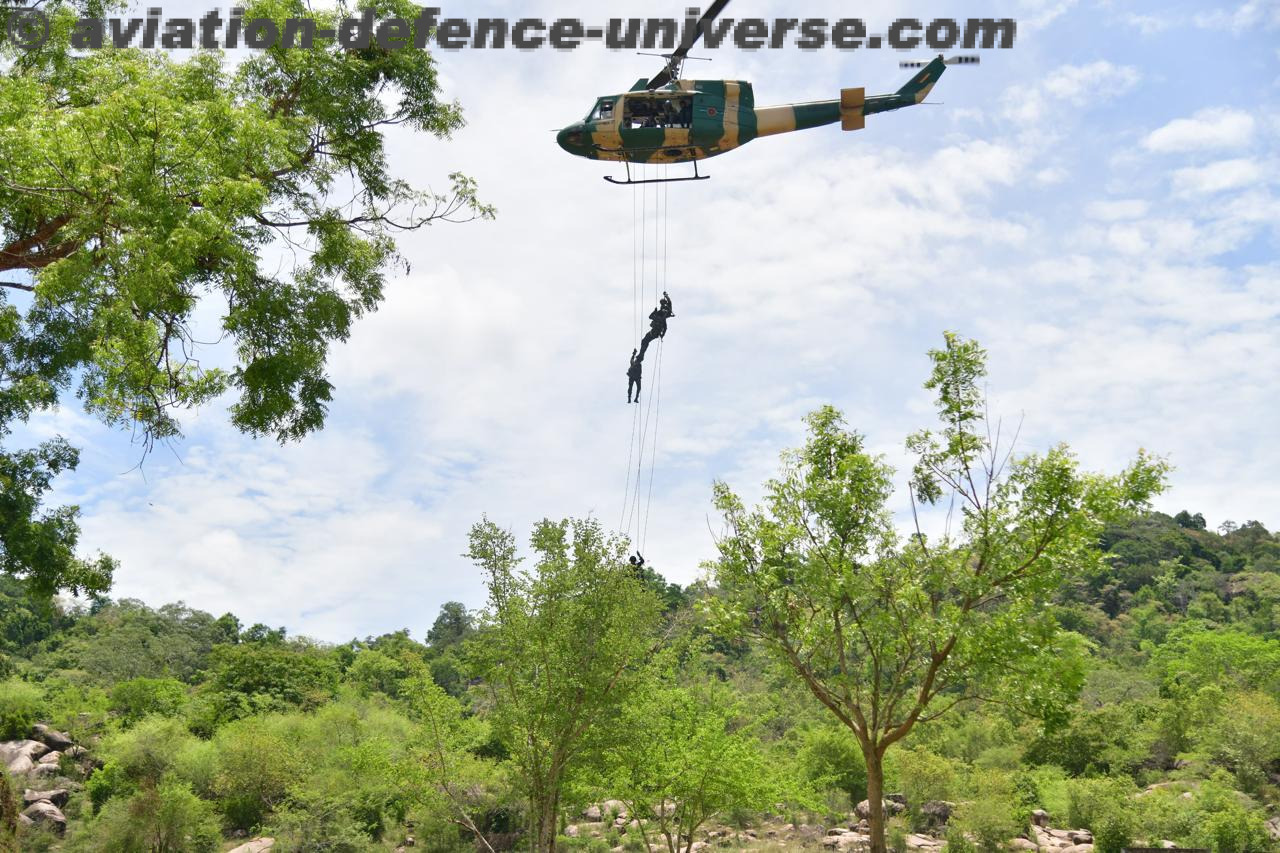- Coffee Table Book in their honour
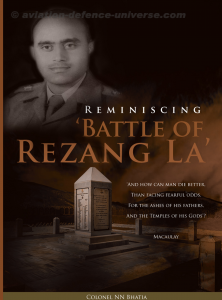
New Delhi. 18 November 2019. Rezang La was the site of the last stand of the 13 Kumaon, during the Sino-Indian War in 1962. In this action on 18 November 1962, 114 Ahir Indian soldiers out of a total of 120 were killed. and 1,300 Chinese soldiers were killed in the battle. The Indian side was led by Major Shaitan Singh Bhati a Yu or Yaduvanshi Bhati clan .
In the 1962 Sino-Indian War, the C Company of the 13th Kumaon battalion, almost all of whose soldiers were Ahirs from Rewari in Haryana and Alwar in Rajasthan , led by Major Shaitan Singh, held this crucial position at Rezang La, a pass on the south-eastern approach to Chushul Valley in Ladakh, at a height of 5,000 metres (16,404 feet). The Company area was defended by three platoon positions and the surrounding terrain isolated it from the rest of the battalion. The expected Chinese attack on Rezang La came on 18 November in the morning. It was the end of a very cold winter night, with light snow falling. The icy winds howling through Rezang La were biting and benumbing. More than the thin air and cold, the location of Rezang La had a more serious drawback. It was crested to Indian artillery because of an intervening feature, which meant that they had to make without the protective comfort of the arty .In the dim light of the morning, the Chinese were seen advancing through nullahs to attack No.7 and No.8 platoon positions.
The Indian army troops fell on their prepared positions to face the Chinese offensive. At 05:00 when the visibility improved, both platoons opened up on the advancing Chinese with rifles, light machine guns, grenades and mortars. Indian artillery could, however, not be used. The nullahs were littered with dead bodies. The survivors took position behind boulders and the dead bodies. The Chinese, though they failed the first frontal attack, were not discouraged. They subjected the Indian positions to intense artillery and mortar fire at about 05:40. Soon, about 350 Chinese troops commenced advance through the nullahs. This time, No.9 Platoon, which held fire until the enemy was within 90 metres opened up with all weapons in their possession. Within minutes, the nullahs were again full of dead bodies, mainly of the Chinese.
Unsuccessful in frontal attack, the enemy, approximately 400 strong, then attacked from the rear of the company position. They simultaneously opened intense medium machine gun fire on No.8 Platoon. This attack was contained at the barbed wire fencing of the post. The Chinese then resorted to heavy artillery and mortar shelling. An assault group of 120 Chinese also charged No.7 Platoon position from the rear. However, Indian Army 3-inch mortar killed many of them. When 20 survivors charged the post, about a dozen Kumaonis rushed out of their trenches to engage them in hand-to-hand combat. Meanwhile, the Chinese brought up fresh reinforcements. The encirclement of No.7 Platoon was now complete. The platoon, however, fought valiantly until there was no survivor. No.8 Platoon also fought bravely to the last round.
Major Shaitan Singh displayed exemplary leadership and courage in the battle of Rezang La. By all accounts, he led his troops most admirably. Unmindful of his personal safety, he moved from one platoon post to another and encouraged his men to fight. While moving among the posts he was seriously wounded by a sniping Chinese MMG, but he continued to fight along with his men. While he was being evacuated by two of his comrades, the Chinese brought heavy machine gun fire on them. Singh sensed danger to their lives and ordered them to leave him. They placed him behind a boulder on the slopes of a hill, where he died, still gripping his weapon.
In this action, 114 Ahirs out of a total of 120 were killed, and six were severely injured, of which five were captured as POW and only one came down to inform others. After the war was over, the body of Major Shaitan Singh was found at the same place, dead from the bullet wound and the freezing cold. It was flown to Jodhpur and cremated with full military honours. Singh was posthumously awarded Param Vir Chakra, India’s highest gallantry award for conspicuous bravery and self-sacrifice in the face of the enemy.
A memorial was constructed near Dharuhera Chowk in Rewari city, Rezang La Park in Rewari City by Rezangla Shaurya Samiti. The soul-stirring inscription on the War Memorial at Chushul, Ladakh raised by Indian Army in the memory of the fallen brave soldiers of 13 Kumaon at Rezang La , Chushul which reads :-
How can a man die better,
Than facing fearful odds,
For the ashes of his fathers,
And temples of his gods.
To the sacred memory of the Heroes of Rezang La,
114 Martyrs of 13 Kumaon who fought to the Last Man,
Last Round, Against Hordes of Chinese on 18 November 1962.
Built by All Ranks 13th Battalion, The Kumaon Regiment.
About this horrific battle, Major-General Ian Cardozo, in his book ‘Param Vir, Our Heroes In Battle’ writes “When Rezang La was later revisited dead jawans were found in the trenches still holding on to their weapons… every single man of this company was found dead in his trench with several bullet or splinter wounds. The 2-inch mortar man died with a bomb still in his hand. The medical orderly had a syringe and bandage in his hands when the Chinese bullet hit him… Of the thousand mortar bombs with the defenders all but seven had been fired and the rest were ready to be fired when the mortar section was overrun.”.
General T.N. Raina said ,who was the Brigade Commander at Chushul mentioned “You rarely come across such example in the annals of world military history when braving such heavy odds, the men fought till the last bullet and the last man. Certainly the Battle of Rezang La is such a shining example”.
General K S Thimayya remarked’I hope a suitable memorial will be built in Ahirwal in their memory so that the generations to come may seek inspiration from the immense courage and valour of their forefathers’.
Today in a fitting tribute to the valiant soldiers of 13 Kumaon a Coffee Table Book was released by Sanjeev Kumar Baliyan ,State Minister for Fisheries ,Animal Husbandry & Dairying. The book has been compiled by Col NN Bhatia who is a Kumaoni officer & has also authored ‘ Kumaoni Nostalgia ‘.
Regards






_BannerAD_234x60px.jpg)



